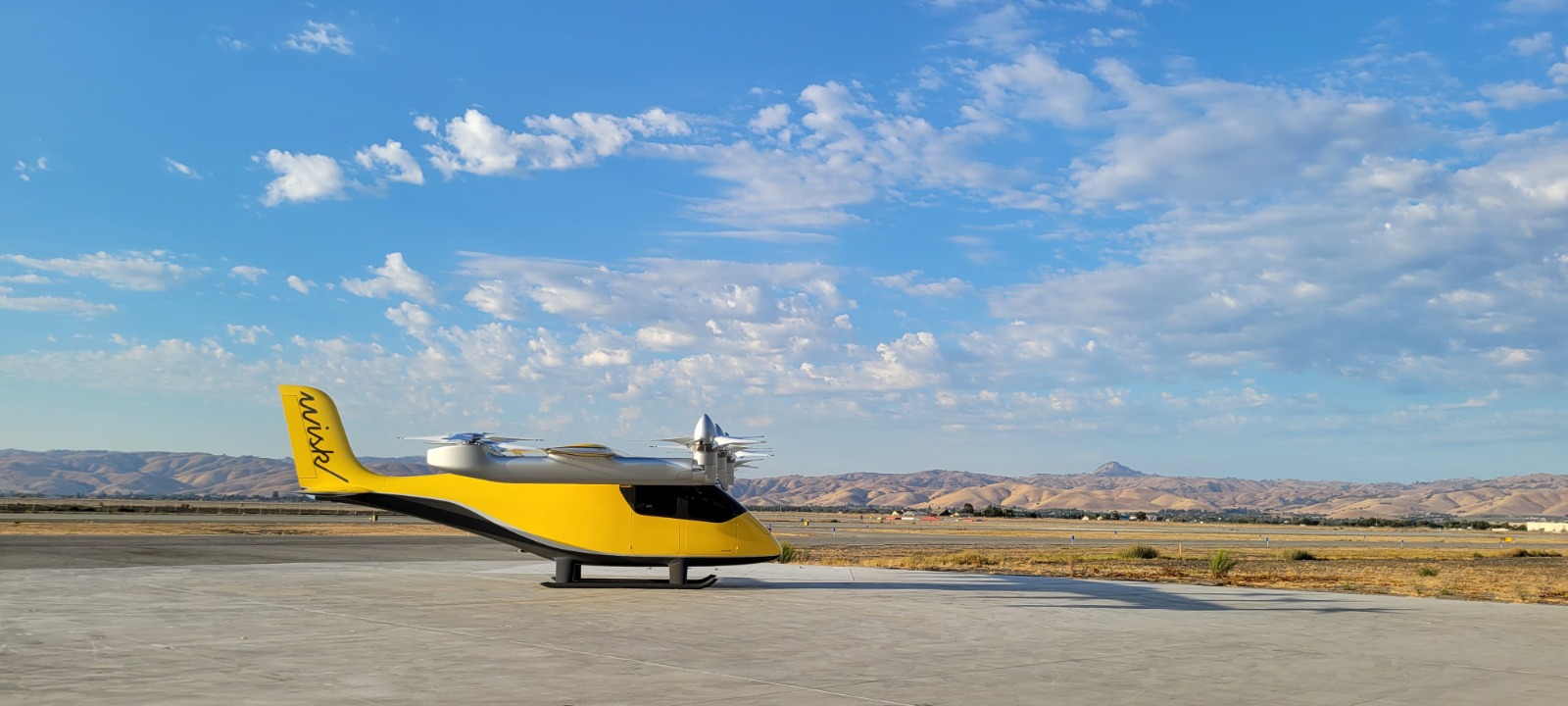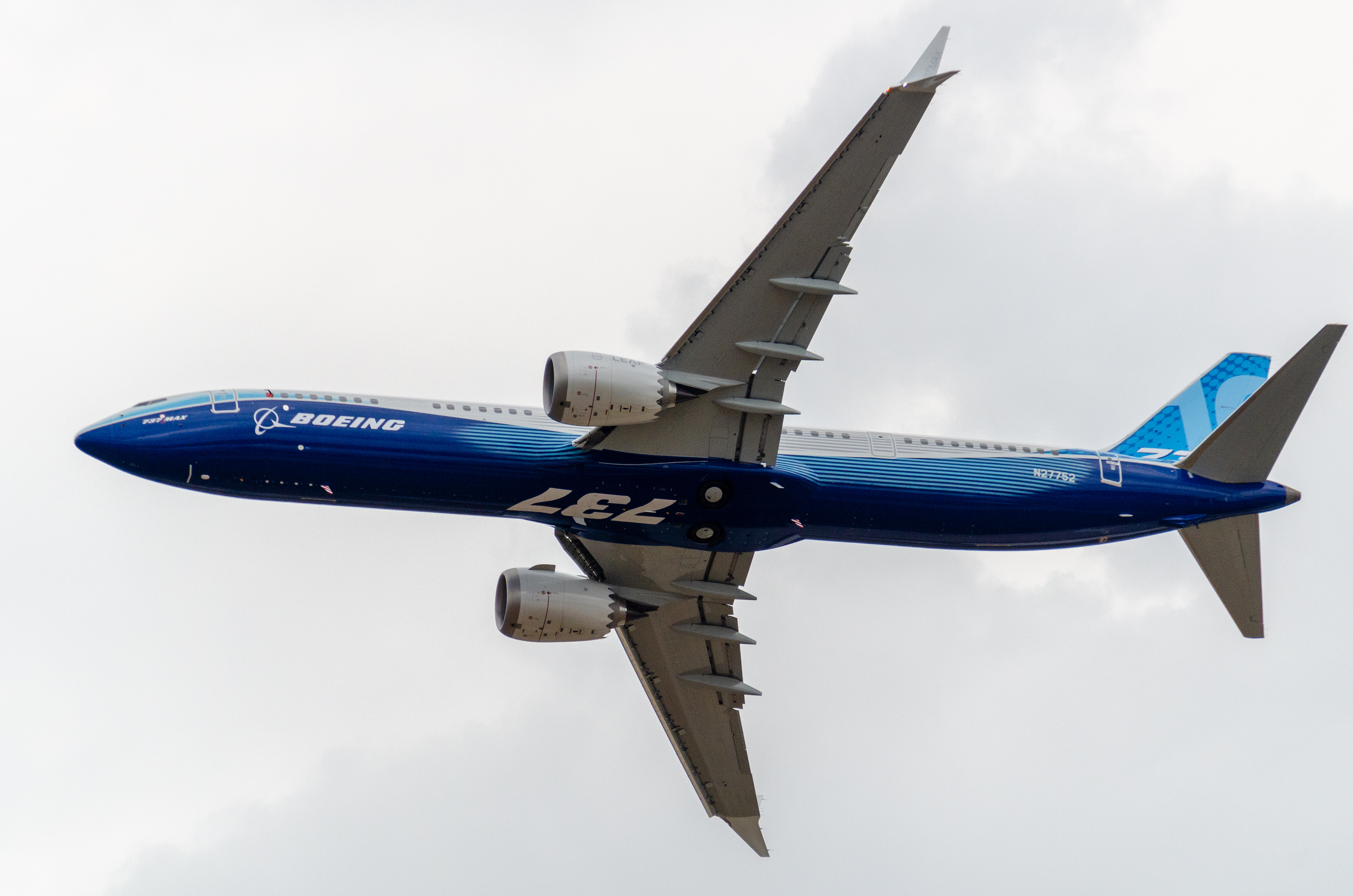Revisiting the convoluted politics of certifying the last 737 Max models
Every official signal points to a bumpy last leg of certification for the 737 Max 7 and Max 10, which are now both sliding later into 2023, according to the Federal Aviation Administration.
Related: Inside the convoluted politics of certifying the last 737 Max models
The Air Current reported in July that Boeing and the FAA were already planning Max 10 flight tests for the first quarter of next year. Now, Reuters reports that the FAA’s expectation is a certification of the 737 Max 10 no earlier than summer 2023. Key milestones for the Max 10 remain outstanding, including its FAA Type Inspection Authorization, which formally initiates the FAA’s participation in flight trials and an ongoing crew alerting study by the FAA and European regulators.
Subscribe to TACWith the aircraft certification reform bill passed in 2020 mandating a comprehensive cockpit alerting system on any transport aircraft cleared by the FAA after December 2022, Boeing is on the hook for a potentially major revamp for the Max 10 — unless it gets relief from the U.S. Congress.
READ MORE
Wisk’s autonomy strategy doesn’t have to be viable to be disruptive
When Boeing-backed Wisk unveiled the design of its “Gen 6” autonomous electric air taxi on Monday, it strove to convey the impression that it is close on the heels of its piloted rivals in the race to certification. While coyly declining to provide a target date for entry into service — that will be up to the regulators, said CEO Gary Gysin — the company has implied that uncrewed urban air mobility operations will be well established in the U.S. by the end of the decade.
Gysin emphasized that Wisk has “submitted” its G-1 certification basis to the Federal Aviation Administration and is “actively engaged on the G-2” means of compliance, thus seeming to put it within striking distance of leading electric vertical take-off and landing developers like Joby Aviation. However, he would not confirm whether “submitted” means that Wisk is still on the first of four stages in the G-1 process, which can take years from start to finish and is yet only the beginning of certification.
Related: Absent 797, Boeing bets on Wisk’s autonomous moonshot
This selective appeal to arcane certification documents has come up before in the eVTOL industry, which has come to view the FAA’s G-1 and G-2 issue papers as critical yardsticks of progress. However, the fuzziness around Wisk’s G-1 is especially significant, because it obscures just how close — or, more likely, how far — the FAA is from moving forward with autonomous passenger-carrying operations.
READ MOREWisk, with wings to glide, picks skids not wheels
Thanks to Wisk’s patent infringement lawsuit against Archer Aviation (which is still grinding its way through the courts), close industry watchers had a pretty good idea of what the company’s sixth-generation eVTOL would look like before it was revealed to the world on Oct. 3. Indeed, the aircraft features the “12-tilt-6” design that is at the heart of the dispute, with 12 propellers arranged around a fixed wing, the front six of which tilt forward for cruise flight.
Related: FAA changes course on eVTOL certification
Gen 6 is chunkier than the aircraft depicted in the confidential patent design that Wisk claims Archer stole. It embodies some other changes, too, including a shift to four blades for both front and rear props, and a conventional rather than a V tail. But one perplexing design feature persists: the choice of skids over wheeled landing gear (which featured on Wisk’s earlier, public prototypes).
READ MORESubscribe to Continue Reading
Our award-winning aerospace reporting combines the highest standards of journalism with the level of technical detail and rigor expected by a sophisticated industry audience.
- Exclusive reporting and analysis on the strategy and technology of flying
- Full access to our archive of industry intelligence
- We respect your time; everything we publish earns your attention


